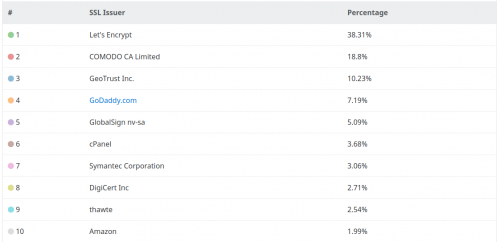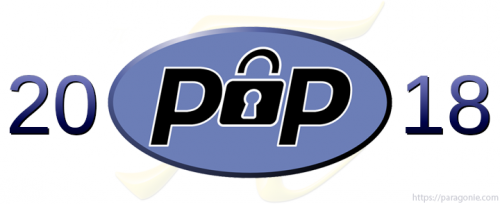I came across this blog post from a while back, which demonstrates how to use AES encryption for the data in MySQL database.
INSERT into user (first_name, address) VALUES (AES_ENCRYPT('Obama', 'usa2010'),AES_ENCRYPT('Obama', 'usa2010'));
SELECT AES_DECRYPT(first_name, 'usa2010'), AES_DECRYPT(address, 'usa2010') from user;
This seems rather easy and straightforward (apart from a little calculation one needs to do for the VARBINARY field types). The only thing that I’m concerned about is whether the encryption keys will be visible in the MySQL process list (as in “SHOW FULL PROCESSLIST“).


